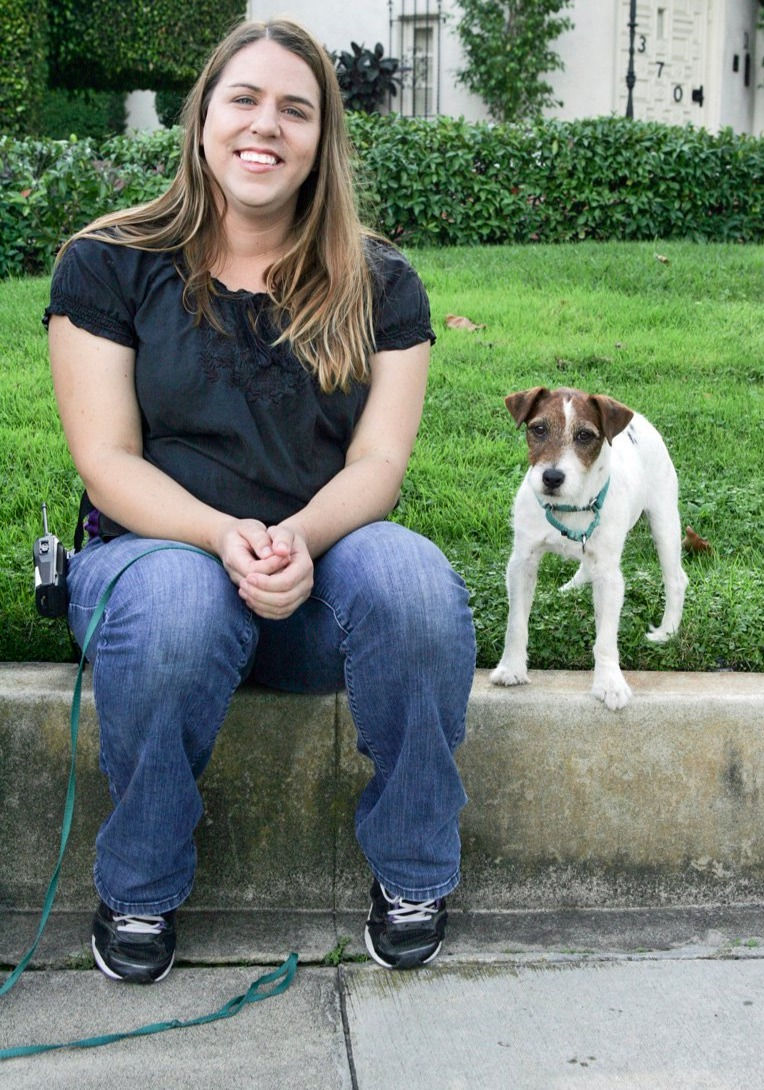Classic Hollywood: Saluting Hollywood’s dog stars
- animalsavvy
- Dec 12, 2020
- 3 min read
Updated: Apr 27, 2021

By: SUSAN KING, LOS ANGELES TIMES
JUNE 4, 2012
Movies were in their infancy when British director Cecil Hepworth put his family’s pet, a collie named Blair, in the 1905 thriller “Rescued by Rover.” Not only is Blair credited with being the first canine film star, but “Rescued by Rover” proved so popular that the film had to be reshot twice because the negatives wore out after so many prints were made.
And so began a great love affair between movie audiences and dogs. Since Blair’s screen debut, fans have fallen for the faith, devotion and sheer beauty of such four-legged superstars as Rin Tin Tin and the dogs who played Lassie Toto, Asta and Benji. The most recent recipient of this dog love is the brown and white Jack Russell terrier Uggie from the recent Oscar winner “The Artist,” who has become more famous than its Oscar-winning star, Jean Dujardin.
The Academy of Motion Picture Arts and Sciences is presenting a homage to these stellar canines Wednesday night with its “Hollywood Dogs: From Rin Tin Tin to Uggie” at the Samuel Goldwyn Theater. It’s more than a kibble and bits evening. Besides film clips and photos, there will be a screening of one of Rin Tin Tin’s greatest silent films, “Clash of the Wolves,” as well as discussions with academy programmer Randy Haberkamp; Susan Orlean, author of “Rin Tin Tin: The Life and the Legend”; and animal trainers Sarah Clifford, whose company Animal Savvy trained Uggie for most of the filming of “The Artist,” and Uggie’s owner, Omar von Muller.
“I think there is a mythology around dogs that the movies have tapped into,” said Haberkamp. “The way we look at our pets over the past century has been greatly affected by the movies. We knew that dogs are man’s best friend and have qualities that we ascribe to them — heroism, being faithful. But I think that was definitely enhanced by the storytelling that started by ‘Rescued by Rover’ — this whole idea humans have this canine savior, a kind of early superhero.”
They were also great canine comedic foils, like pit bull Pete the Pup with the bull’s-eye circle around his eye in the “Our Gang” comedies. Or the wire-haired Skippy, who played Nick and Nora Charles’ constant companion in crime, Asta, then went on to play the beloved pooch of Cary Grant’s and Irene Dunne’s characters in 1937’s “The Awful Truth” and the bone-stealing George in 1938’s “Bringing Up Baby.”
Then there were the dogs that stole hearts, like Lassie, first in features and then on TV. Clifford loved the dogs in movies like the 1974 film “Benji” and Disney’s four-hankie 1957 weepie “Old Yeller.” “Just seeing those movies made me want to train my own dogs,” she said.
If Blair was the first dog star, the German shepherd Rin Tin Tin was the first canine superstar, whose silent adventures fetched a tremendous bounty at the box office. Not only did Rin Tin Tin perform stunts, but the dark-muzzled Rinty — his nickname — also had an expressive face.
“He was special,” Orlean said of Rin Tin Tin. The author, who fell in love with German shepherds as she watched the 1950s TV series “The Adventures of Rin Tin Tin” as a little girl, notes that she was skeptical about Rinty’s acting ability when she began her book. “I just thought he was a cool dog, then I watched his silent films and you are kind of taken aback,” she says. “He is a really good actor. He had charisma. He had a real presence on film. I think the proof is in the statistics when you appreciate how many other dogs there were in films at the time and how many of them we remember. It is kind of a statement of his ability to project something special.”
Rin Tin Tin had an amazing back story. He was discovered as a puppy by a U.S. serviceman named Lee Duncan in a bombed-out dog kennel on a battlefield in Lorraine, France, on Sept. 15, 1918. Duncan brought Rinty and one of his sisters, Nanette, back to California and began training him. Rinty was discovered performing in 1922 at a dog show in Los Angeles; by 1926 he was the biggest box-office star in the world.
Haberkamp sees parallels between Rin Tin Tin and Uggie because “The Artist” was predominantly a silent movie. “I think the silent nature of the film and a dog as a performer doing these very visual things were just part of the magic,” he said. For more information go to https://www.oscars.org susan.king@latimes.com




.png)




Comments